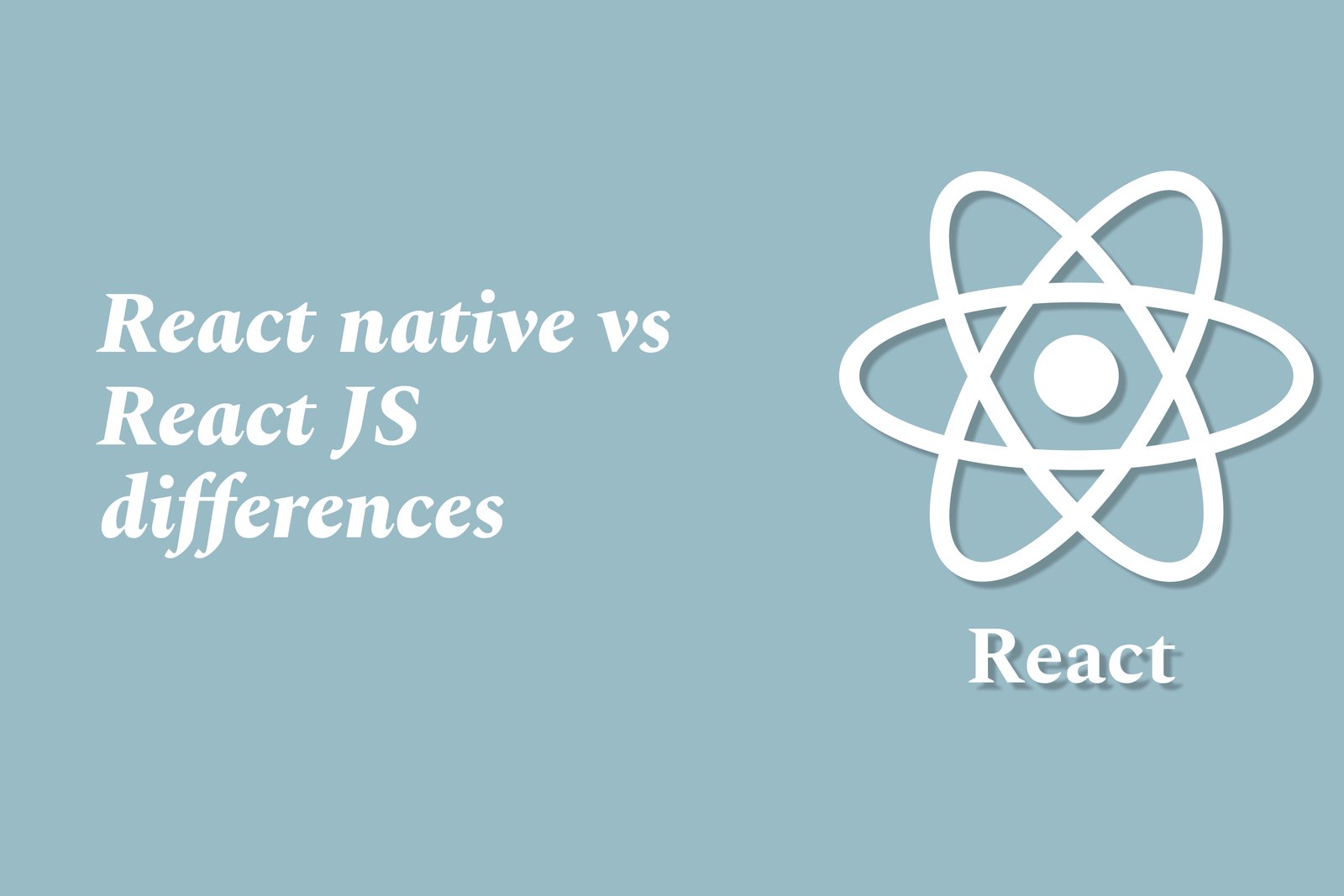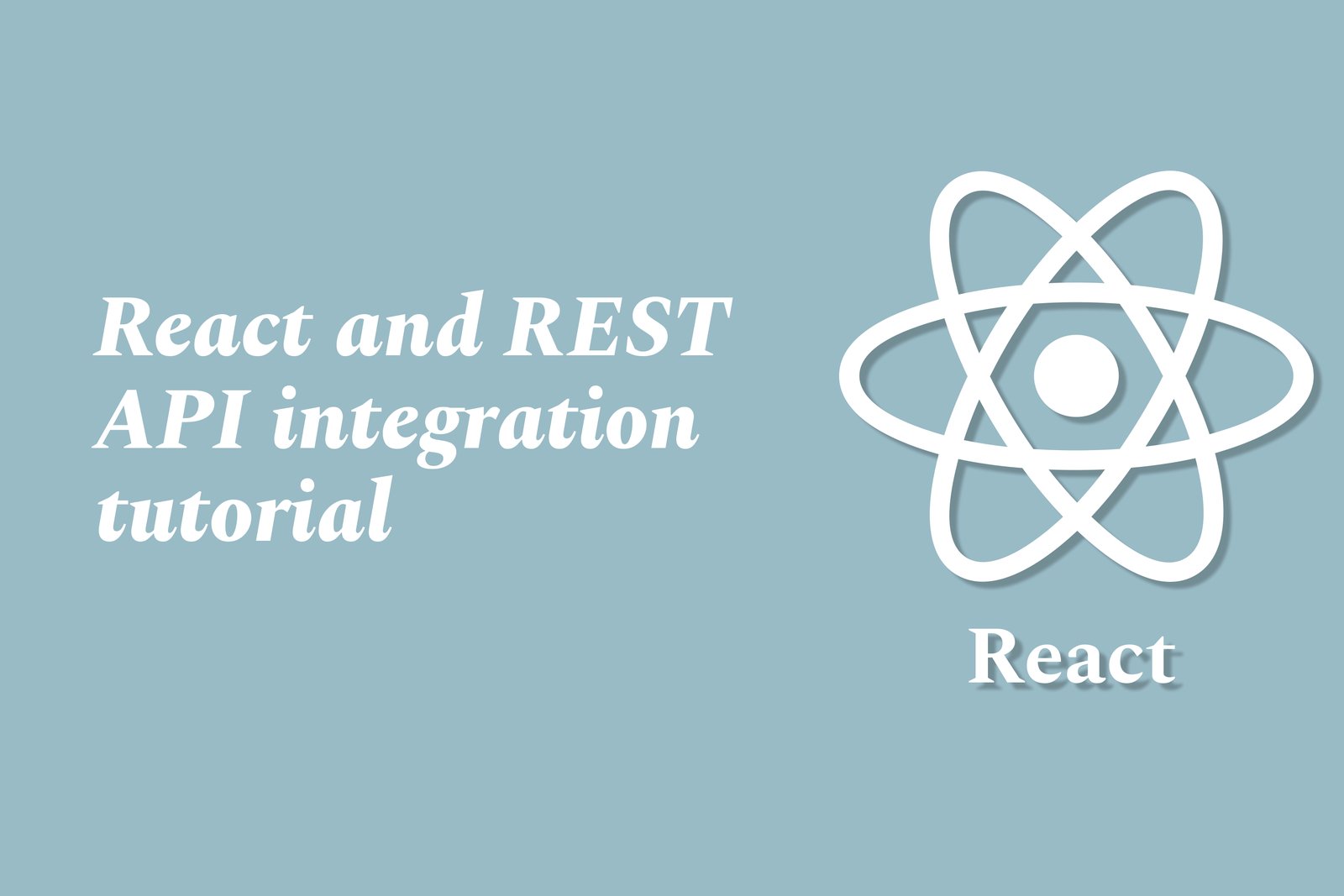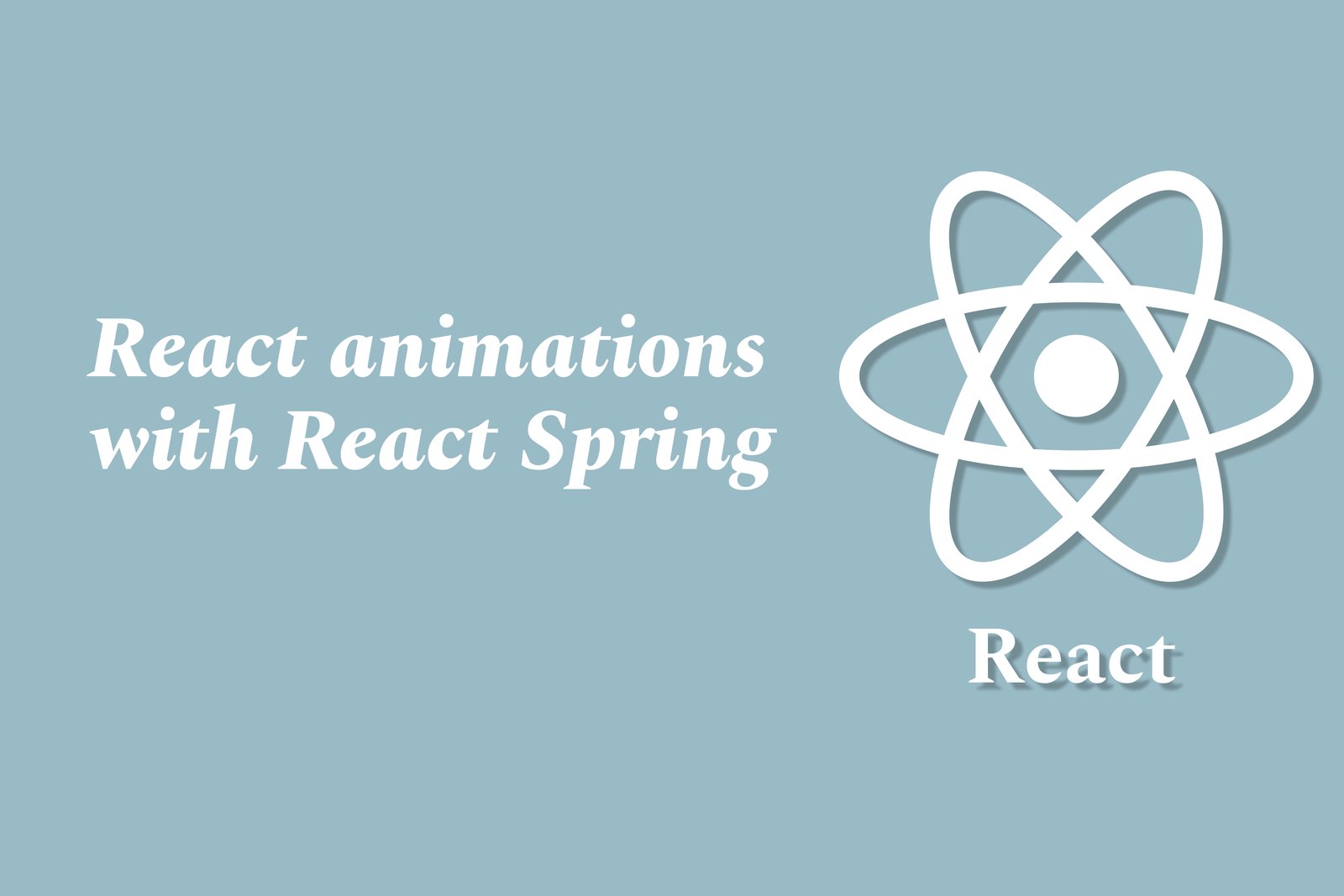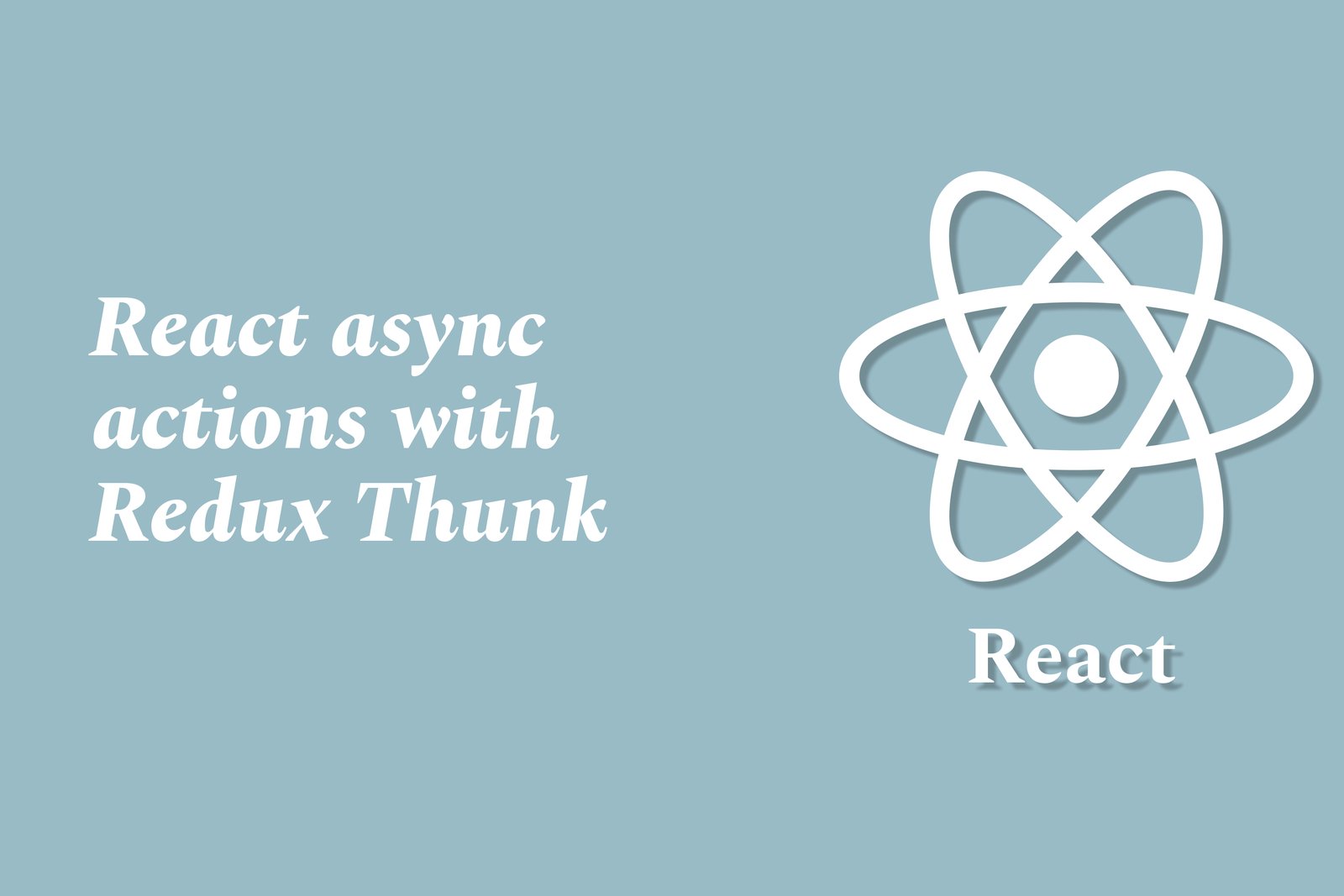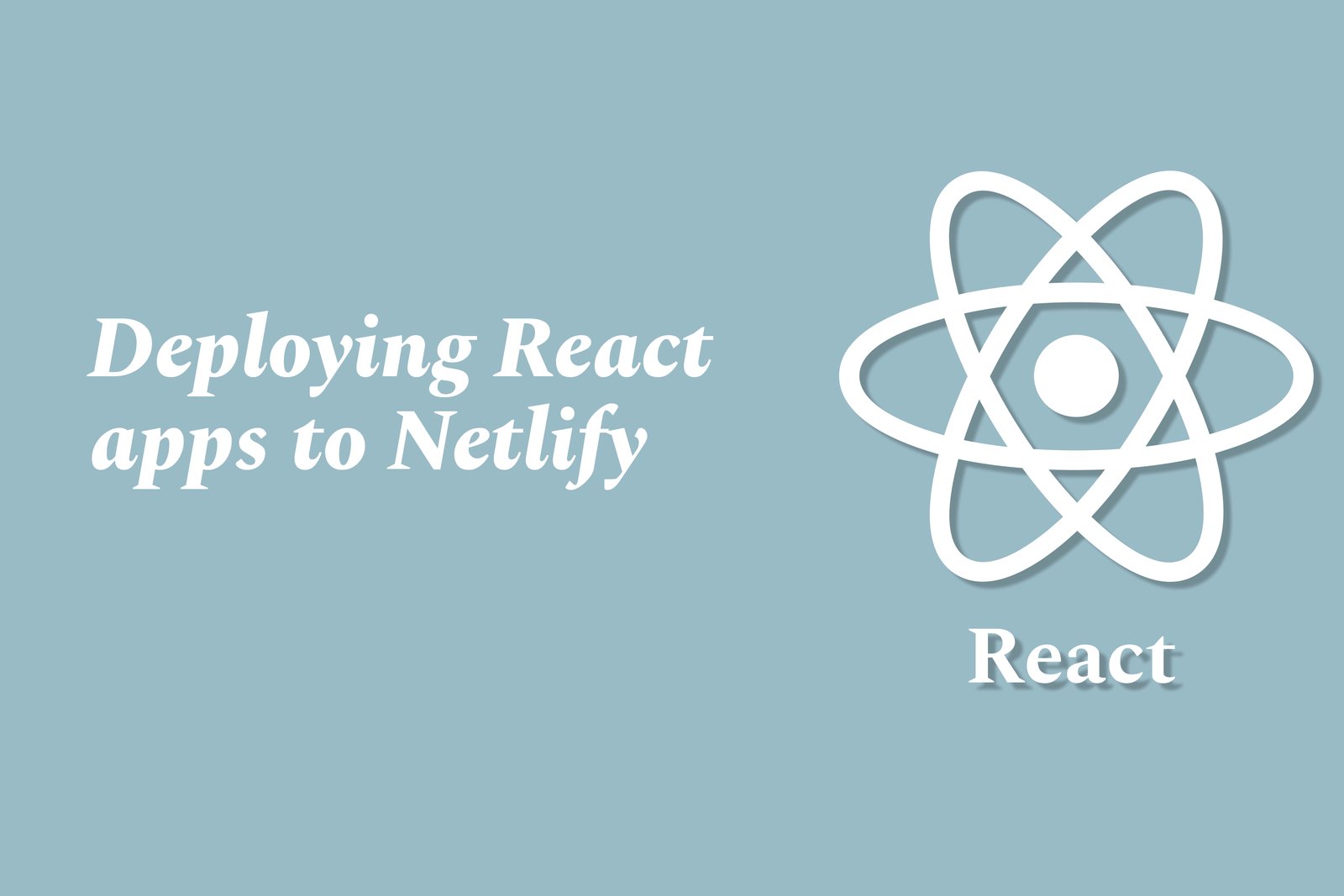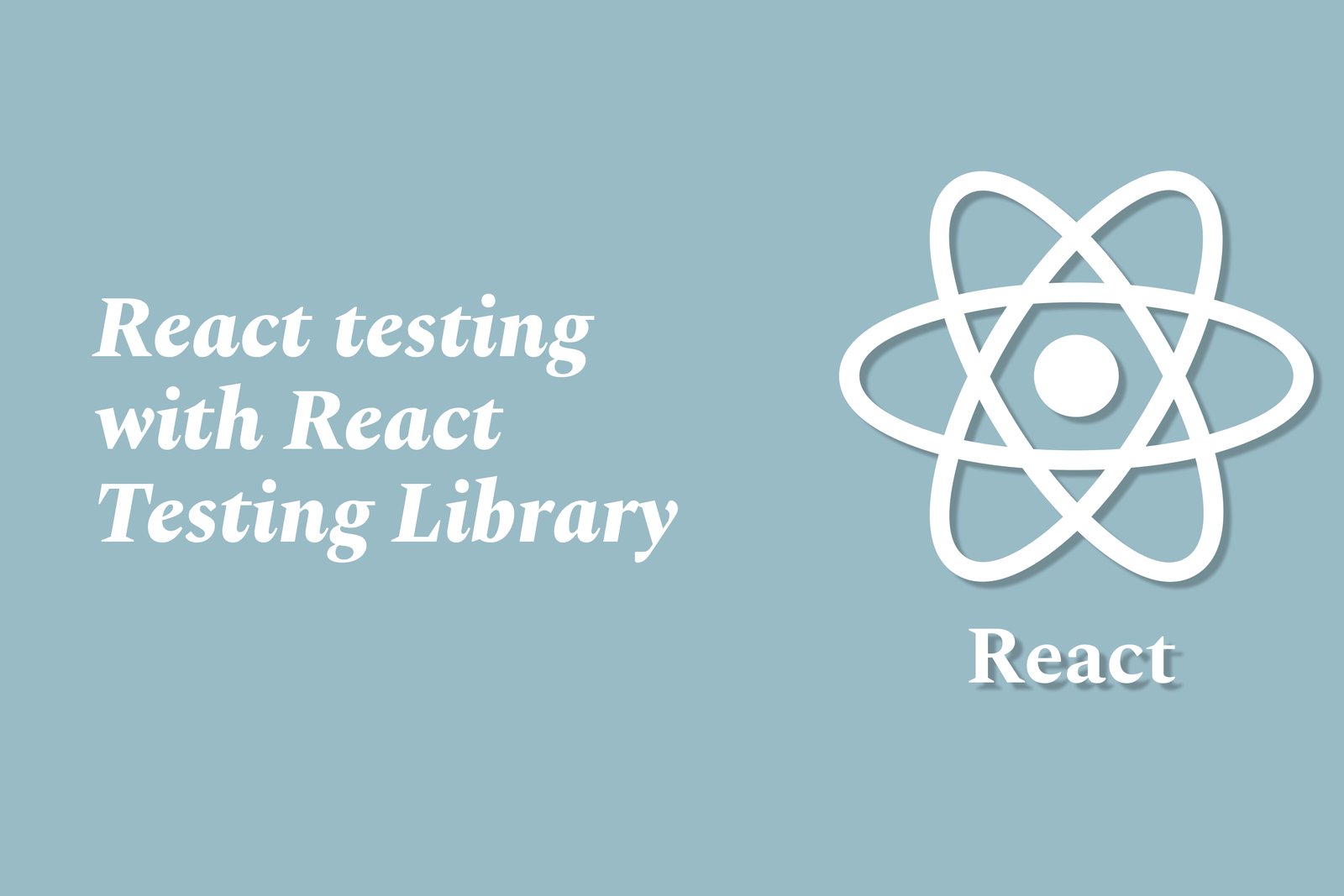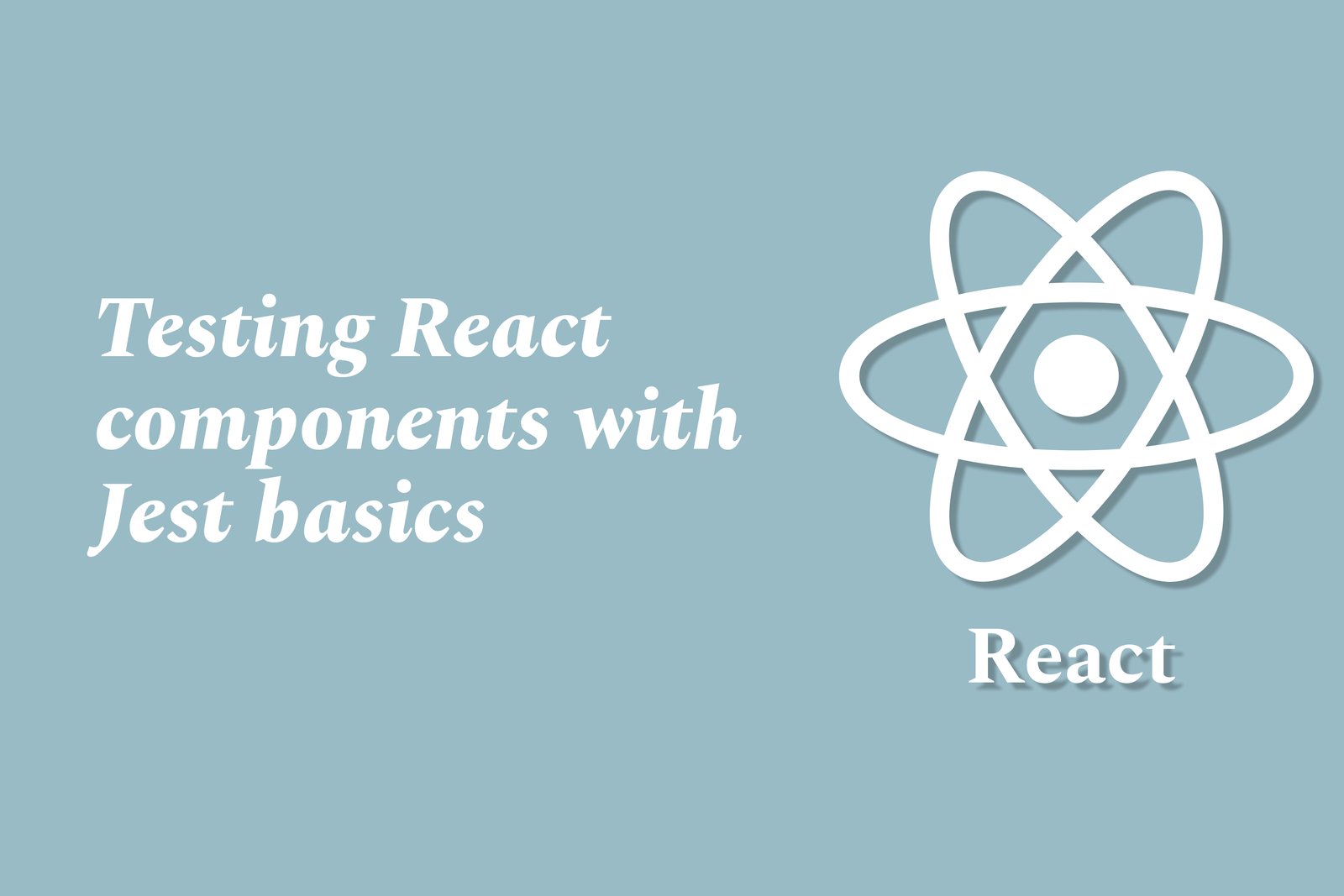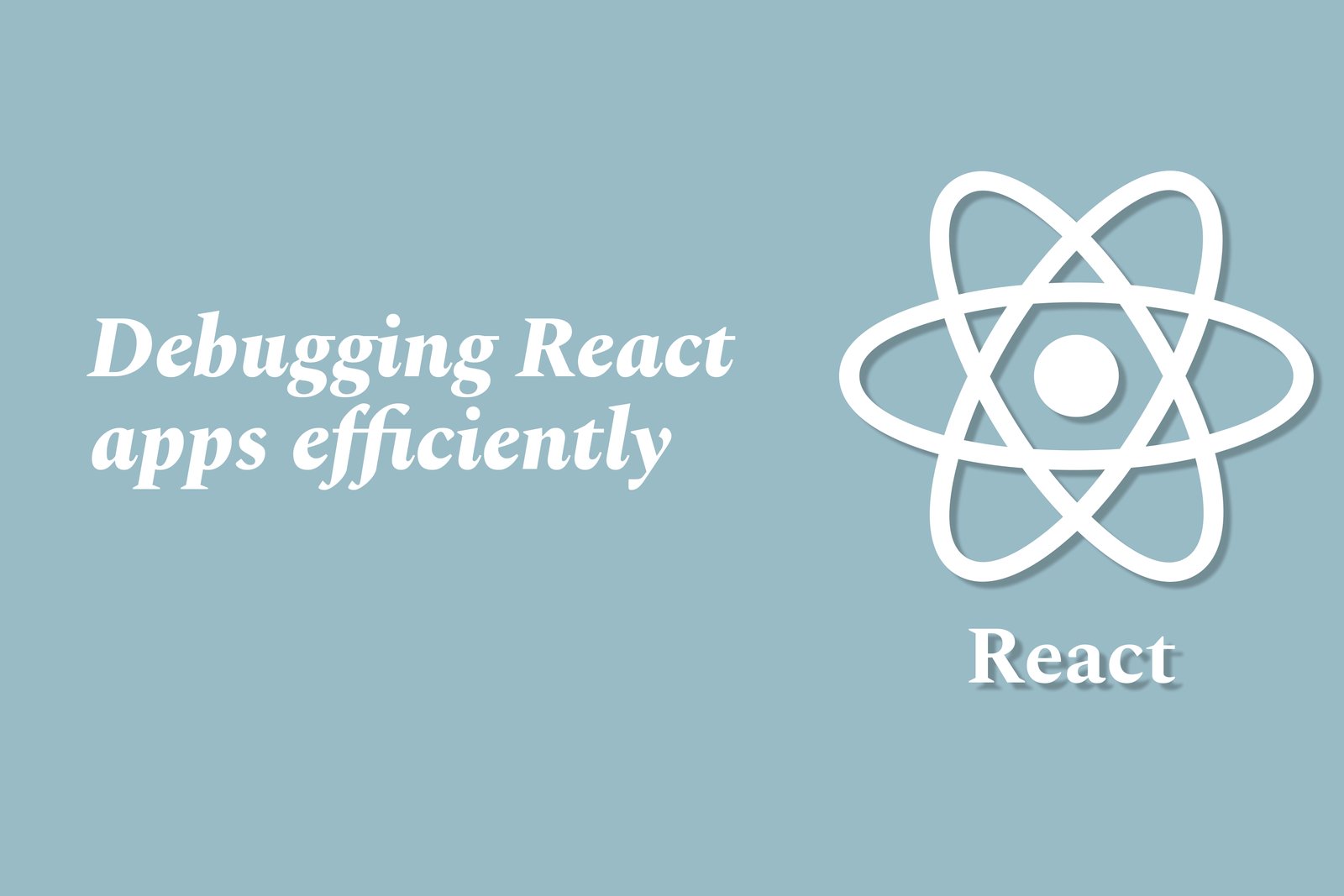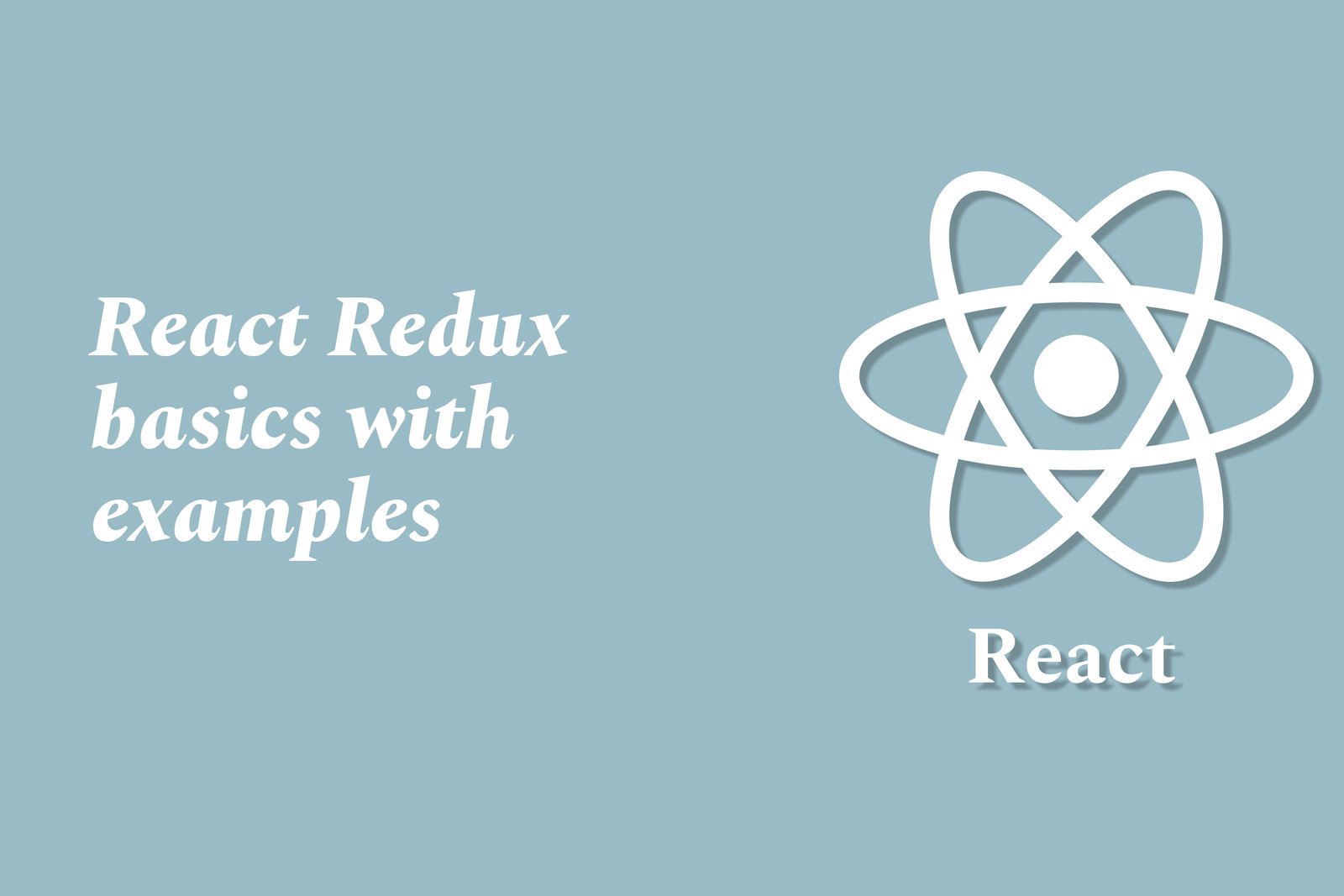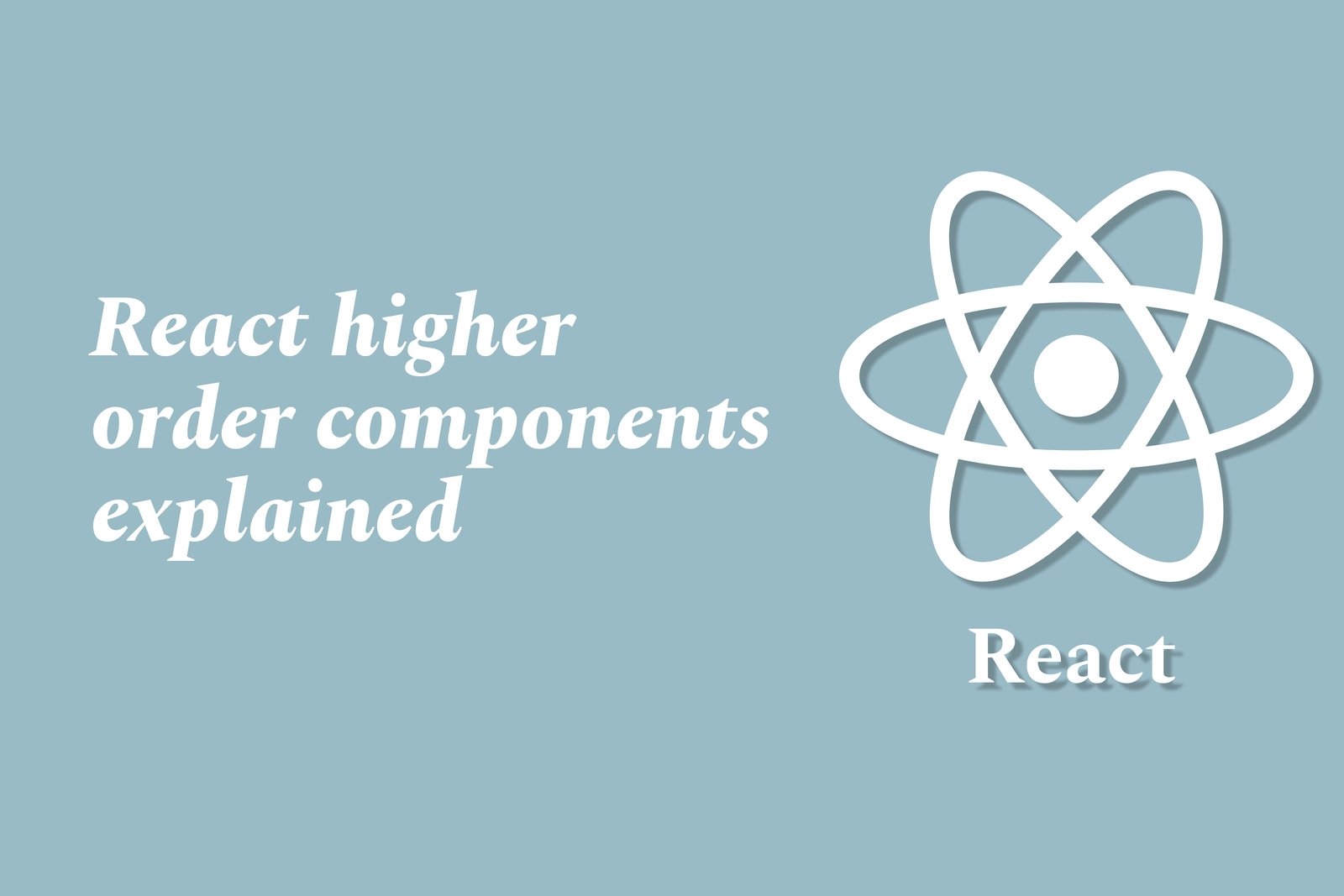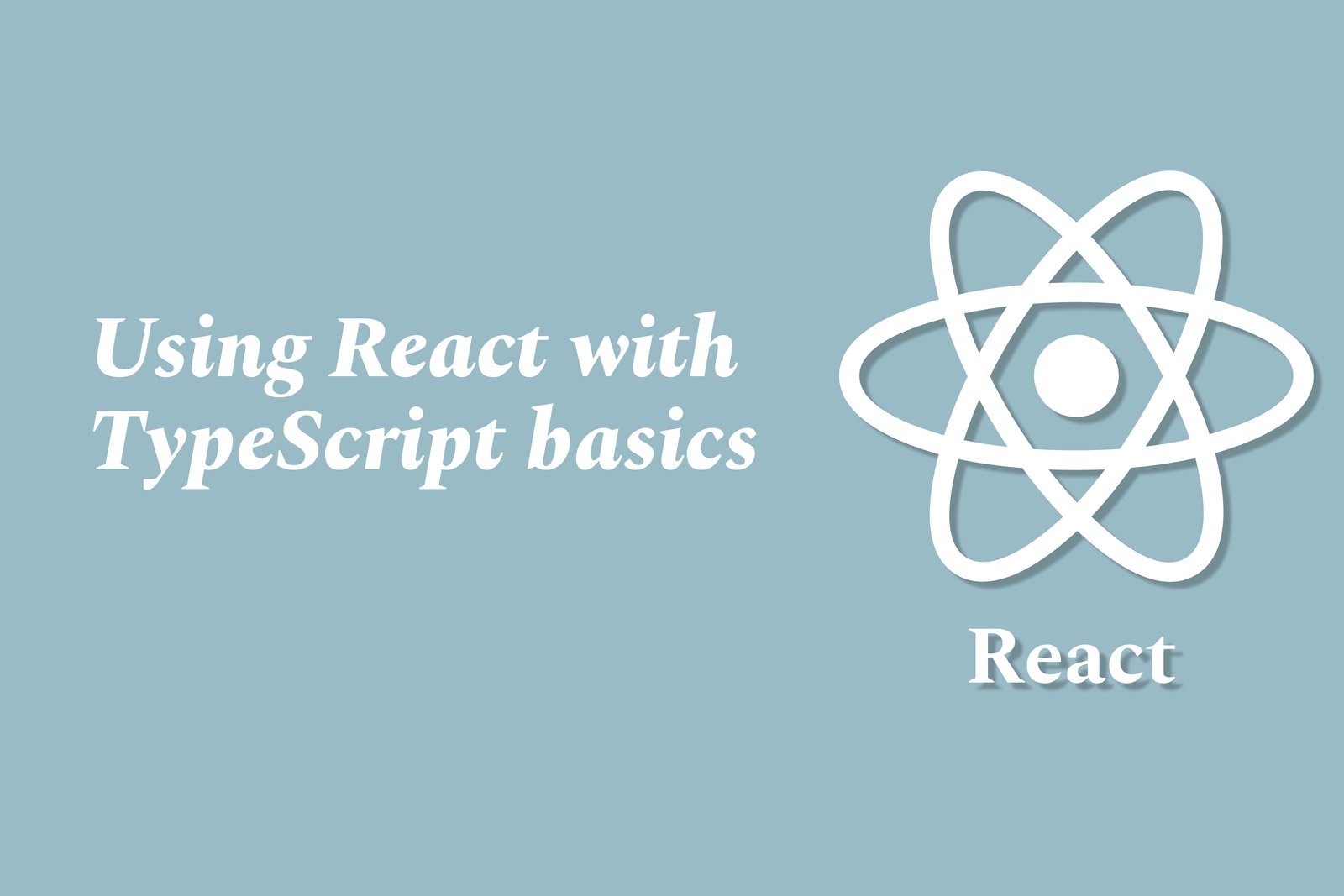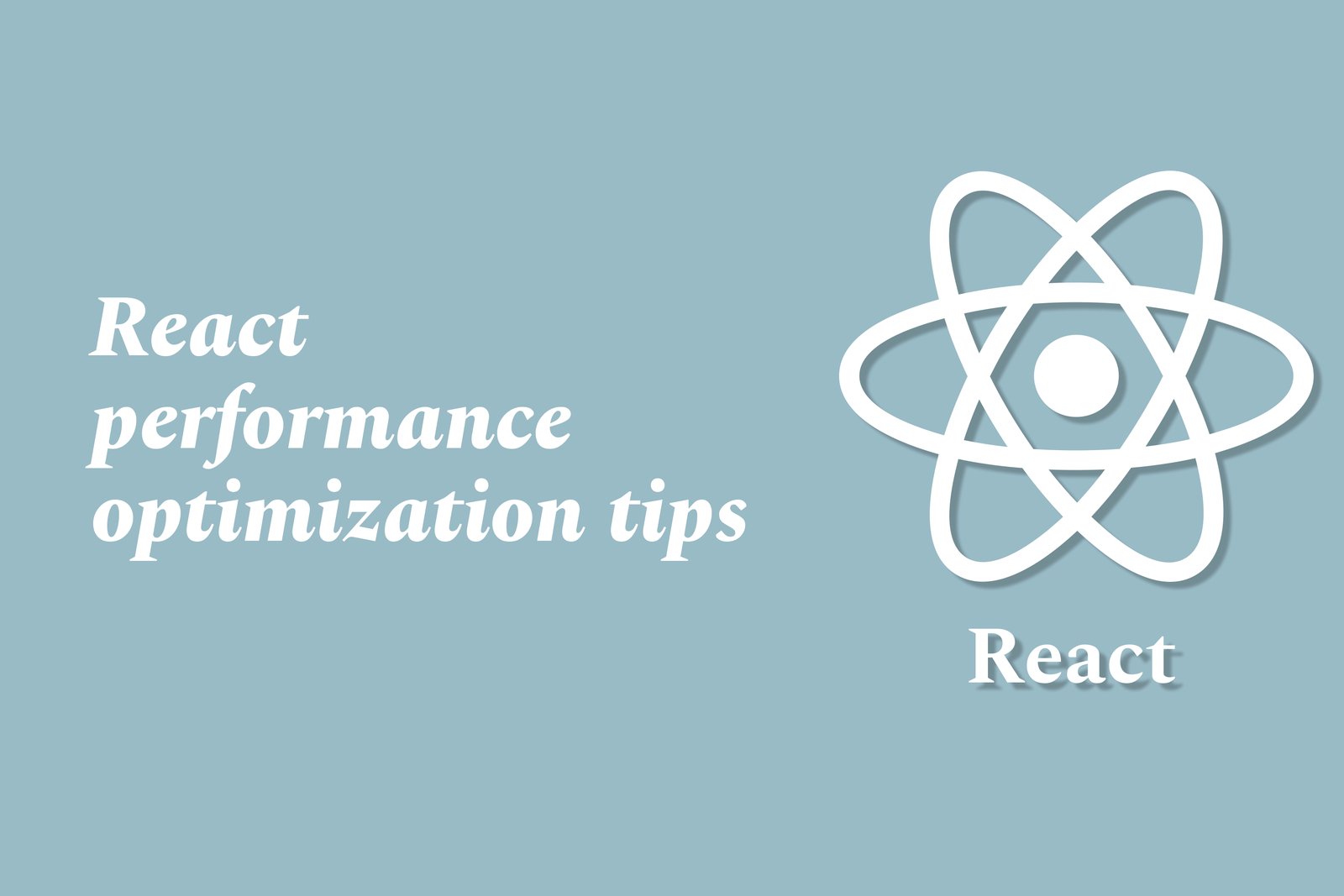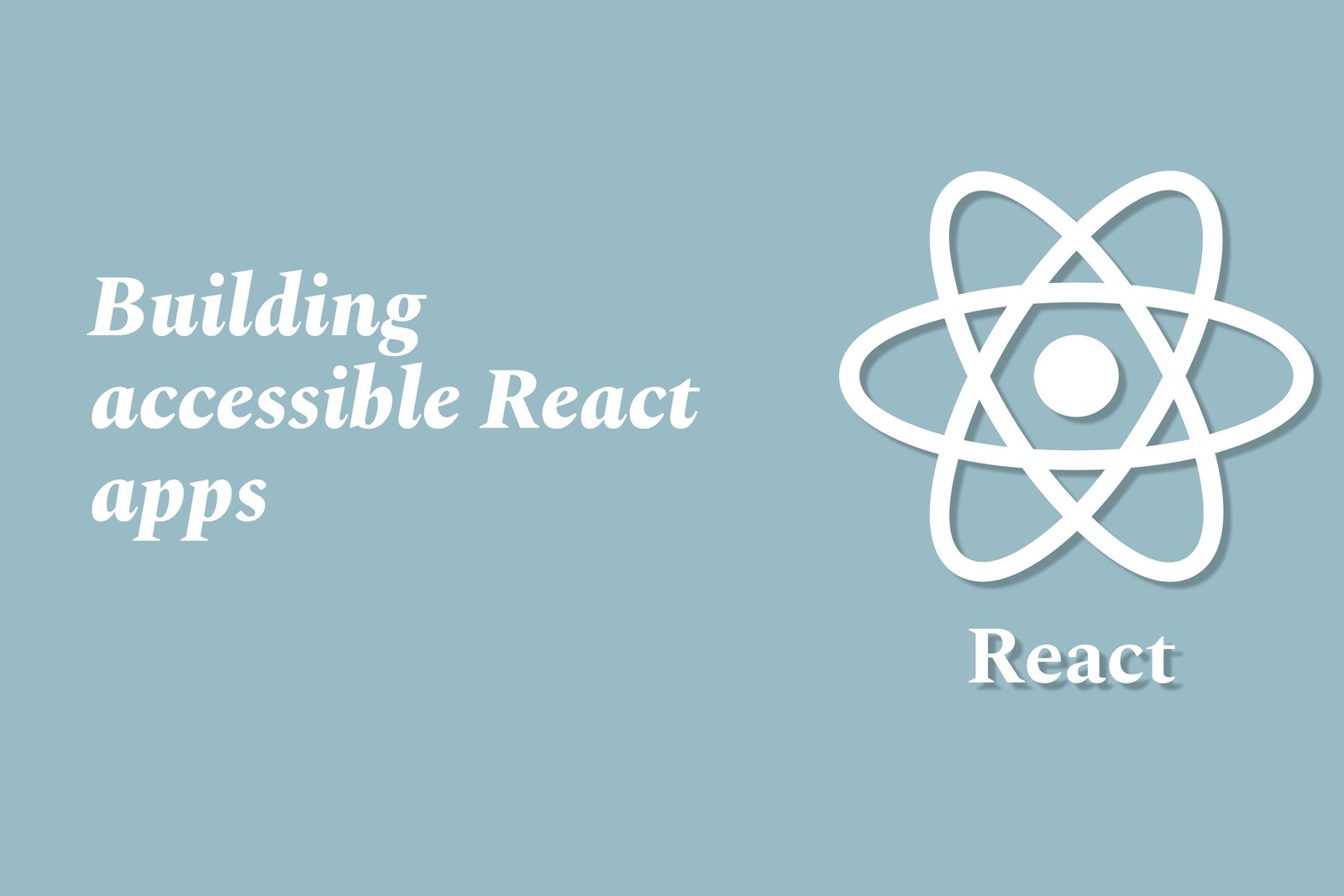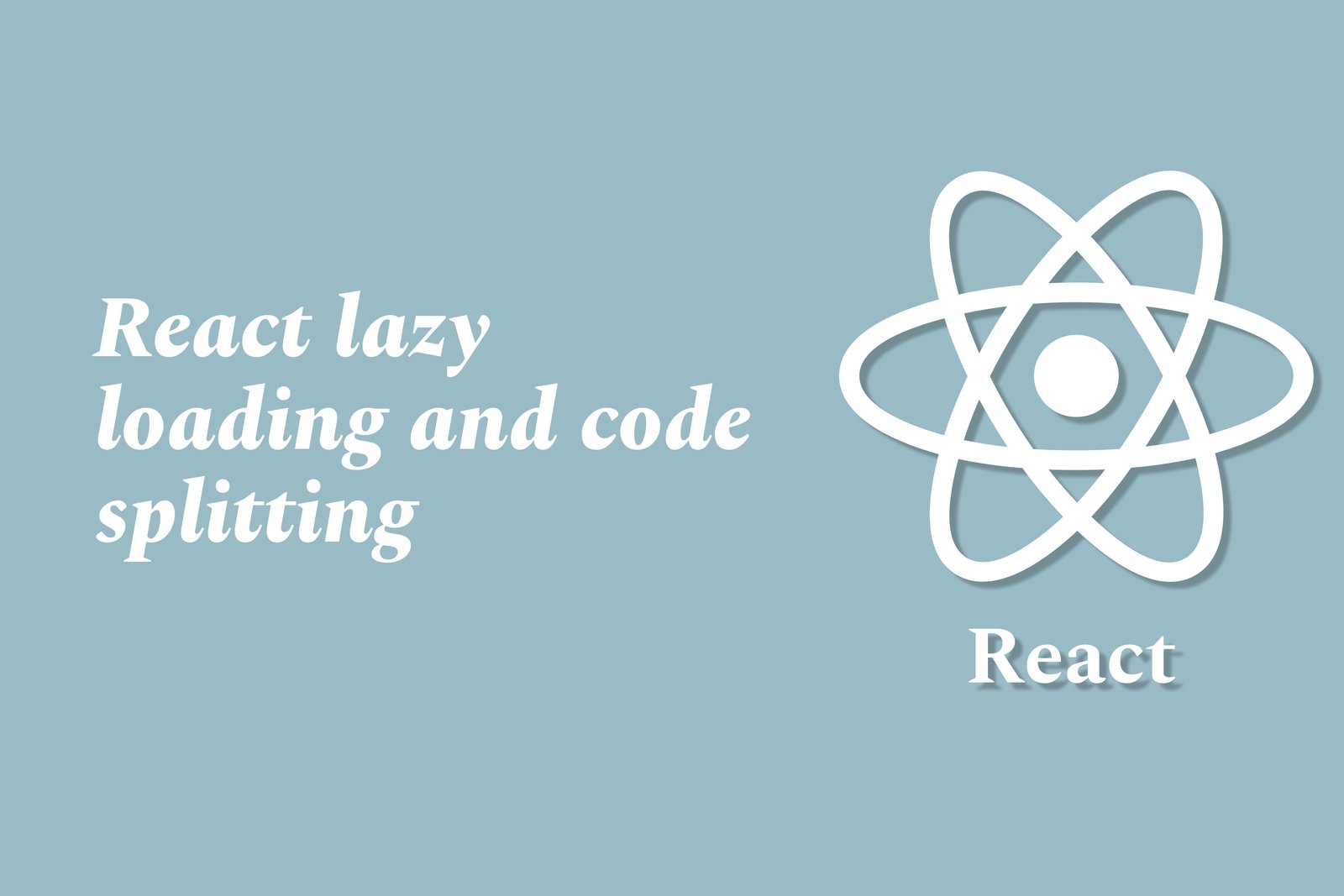React Native Vs React JS Differences
React Native and React JS are both frameworks developed by Facebook, but they serve different purposes in the realm of application development. React JS is a JavaScript library focused on building user interfaces for web applications, utilizing a component-based architecture that promotes reusability and efficient rendering of web content. On the other hand, React Native is designed for mobile app development, allowing developers to create applications for iOS and Android platforms using React components. While React JS renders components to the browser's DOM, React Native translates those components into native mobile UI elements, enabling a smooth and responsive mobile experience. Essentially, React JS is ideal for web applications, while React Native empowers developers to build high-performance mobile apps.
Learn MoreReact And REST API Integration Tutorial
The React and REST API integration tutorial offers a comprehensive guide for developers looking to connect their React applications with backend services through RESTful APIs. This tutorial covers essential concepts such as making HTTP requests, handling asynchronous data, and managing state within React components. Learners will discover how to fetch data from a server, display it in a user-friendly manner, and implement CRUD (Create, Read, Update, Delete) operations. By the end of the tutorial, participants will have the skills and knowledge to build dynamic, responsive web applications that leverage real-time data, enhancing their overall development capabilities.
Learn MoreHow To Use React Transition Group
React Transition Group is a library designed to facilitate animations and transitions in React applications, enabling developers to create smooth and dynamic UI effects for elements as they enter or exit the DOM. To use it, you typically import the relevant components, such as `<CSSTransition>` for individual elements and `<TransitionGroup>` for managing groups of elements. By wrapping components in these elements, you can define transition styles and timing for different states (entering, exiting), ensuring that animations occur seamlessly as the component's lifecycle changes. This makes it easier to enhance user experience through visually appealing animations without the need for complex code.
Learn MoreReact Animations With React Spring
React animations using React Spring provide a natural and intuitive way to incorporate animations into React applications. This library utilizes physics-based animations to create smooth transitions and user interactions, making interfaces more dynamic and visually appealing. With its straightforward API, React Spring allows developers to easily define animations for component state changes, such as entering, exiting, or updating in response to user actions. This enables the creation of engaging user experiences without complex setups, ensuring that applications feel responsive and fluid.
Learn MoreReact Async Actions With Redux Thunk
React async actions with Redux Thunk facilitate the management of asynchronous operations within a Redux application. Redux Thunk is middleware that allows action creators to return functions instead of plain action objects, enabling them to perform side effects like API calls or delayed actions. This approach helps to keep components cleaner by separating the logic for fetching data and updating the state. With Redux Thunk, developers can dispatch multiple actions based on the outcome of an asynchronous operation, enhancing the overall flow and responsiveness of the user interface while maintaining a predictable state management pattern.
Learn MoreDeploying React Apps To Netlify
Deploying React apps to Netlify is a straightforward process that allows developers to host their applications on a robust and efficient platform. Netlify automates the build and deployment workflow, enabling seamless integration with Git repositories. This means that every time you push updates to your code, Netlify will automatically build and deploy the latest version of your app. With features like continuous deployment, global CDN distribution, and serverless functions, Netlify not only enhances performance but also simplifies the development process, making it an ideal choice for hosting modern React applications.
Learn MoreReact Error Boundaries Explained
React Error Boundaries are special components designed to catch and handle JavaScript errors occurring anywhere in their child component tree. By wrapping components with an error boundary, developers can prevent the entire application from crashing when an error occurs, instead displaying a fallback UI to users. This feature enhances the robustness of applications, making them more user-friendly by allowing uninterrupted interaction with other parts of the interface even when individual components encounter issues. Error boundaries are an essential tool for managing errors effectively in React applications, ensuring a smoother and more reliable user experience.
Learn MoreHow to Set Up CI/CD for React Apps
Setting up Continuous Integration and Continuous Deployment (CI/CD) for React applications involves creating a systematic process that automates the build, testing, and deployment phases of your app's lifecycle. This typically starts with integrating a version control system, like Git, to track code changes. Then, CI/CD tools such as Jenkins, GitHub Actions, or CircleCI are configured to automatically run tests and build your application whenever code is pushed to the repository. Once the application passes all tests, it can be deployed to production or staging environments automatically without manual intervention. This approach enhances code quality, reduces the risk of human error, and fosters faster delivery of new features and fixes to users.
Learn MoreHow To Use React Profiler Tool
The React Profiler tool is a built-in feature that helps developers analyze the performance of their React components by tracking rendering times and identifying unnecessary re-renders. To use the Profiler, wrap the components you want to profile with the `Profiler` component and provide a callback function that will be triggered after a component renders. This callback receives metrics, such as the component's render duration and the number of times it rendered, allowing you to gather detailed performance insights. You can view this data in the React Developer Tools, providing a clear understanding of which components may need optimization to enhance the overall performance of your application.
Learn MoreReact Testing with React Testing Library
React Testing Library is a lightweight testing utility specifically designed for testing React components by focusing on how users interact with them. It provides an intuitive API for rendering components and querying the DOM, emphasizing the importance of testing components from the user's perspective rather than solely relying on implementation details. This approach encourages developers to write more maintainable tests that reflect real-world usage, making it easier to catch bugs and ensure a seamless user experience in React applications.
Learn MoreTesting React Components With Jest Basics
Testing React components with Jest involves writing automated tests to ensure that your components behave as expected. Jest, a popular testing framework developed by Facebook, allows developers to create unit tests that check component rendering, functionality, and interactions. By utilizing Jest's built-in assertion functions and mock capabilities, developers can simulate various scenarios, ensuring that their components render correctly under different conditions. This process helps identify bugs early in the development cycle, enhances code reliability, and facilitates future code changes by providing a robust safety net for the application.
Learn MoreDebugging React Apps Efficiently
Debugging React applications efficiently involves identifying and resolving errors or issues within the app’s code to ensure smooth functionality and a positive user experience. This process encompasses the use of various tools and techniques, such as React Developer Tools for inspecting component hierarchies and states, integrated development environment (IDE) debugging features, and strategic logging for tracking issues. By leveraging these methods, developers can quickly diagnose problems, analyze application behavior, and make necessary improvements, ultimately leading to robust, high-performing applications that meet user expectations.
Learn MoreReact Redux Basics with Examples
React Redux is a library that integrates Redux with React, allowing developers to manage application state in a predictable way. At its core, Redux consists of a single store that holds the application's state, and components can access this state through the `connect` function provided by React Redux. For example, if you have a component displaying user information, you can map the relevant part of the state (like user details) to the component's props. Actions, such as `FETCH_USER`, can be dispatched to update the state based on user interactions. This allows for a unidirectional data flow: state is updated from actions, and changes to the state cause components to re-render, ensuring that the UI is always in sync with the underlying data.
Learn MoreReact Middleware Overview: Thunk Vs Saga
React middleware functions are an essential part of managing state and side effects in applications that use Redux for state management. Two prominent middleware options are Thunk and Saga. Thunk allows developers to write action creators that return a function instead of an action, simplifying the handling of asynchronous operations like API calls by enabling dispatching of both synchronous and asynchronous actions. On the other hand, Saga utilizes generator functions to handle side effects in a more organized manner, allowing for complex asynchronous flows, better testing capabilities, and sophisticated control over side effects such as cancellation and concurrency. Choosing between Thunk and Saga depends on the complexity of the application and the specific requirements for handling asynchronous operations effectively.
Learn MoreReact Higher Order Components Explained
React Higher Order Components (HOCs) are functions that take a component as an argument and return a new component with enhanced functionality, enabling code reuse and modular design. HOCs allow developers to encapsulate common behavior, such as fetching data, handling authentication, or injecting props, without altering the original component's code. This pattern promotes cleaner and more maintainable code, making it easier to manage and extend React applications. Overall, HOCs serve as a powerful tool in a React developer's toolkit for creating flexible and dynamic user interfaces.
Learn MoreHow To Manage Global State With Redux Toolkit
Managing global state with Redux Toolkit involves using a simplified approach to managing application state in React applications. Redux Toolkit provides a set of tools and conventions that streamline the process of creating actions, reducers, and the store. By utilizing features like the `createSlice` function, developers can define state and reducers in a single place, which reduces boilerplate code and improves readability. Additionally, Redux Toolkit includes built-in middleware and supports Redux DevTools, making it easier to debug and monitor state changes. This standardized approach allows for efficient handling of complex state management needs, promoting better organization and maintainability in your React applications.
Learn MoreReact Prop Types Validation Guide
React Prop Types validation is a built-in feature that allows developers to specify the expected data types and structures for the props passed to components. By using Prop Types, developers can define the type of each prop—such as strings, numbers, arrays, or custom objects—ensuring that components receive the correct data. This validation occurs at runtime, generating warnings in the console if the props do not match the expected types, which aids in identifying potential issues during development. Utilizing Prop Types enhances code reliability, improves documentation, and fosters better collaboration among team members by clearly defining component interfaces.
Learn MoreUsing React With TypeScript Basics
Using React with TypeScript involves integrating TypeScript, a statically typed programming language, into the React framework to build user interfaces. This combination allows developers to define types for components, props, and state, enhancing code maintainability and readability. By leveraging TypeScript's strong typing system, developers can catch errors early in the development process, improve collaboration through clear interfaces, and benefit from better tooling, such as auto-completion and type checking in their development environments. This ultimately leads to more robust and scalable applications while ensuring a smoother development experience.
Learn MoreReact Performance Optimization Tips
React performance optimization involves employing specific techniques to enhance the speed and efficiency of React applications. By focusing on methods such as component memoization with React.memo, utilizing useCallback and useMemo hooks to prevent unnecessary re-renders, and implementing code-splitting and lazy loading for better resource management, developers can significantly reduce loading times and improve user experience. Additionally, leveraging tools like the React Profiler helps identify performance bottlenecks, allowing for targeted optimizations. These strategies ensure that applications run smoothly, providing users with a fast and responsive interface while handling complex state and rendering demands.
Learn MoreBuilding Accessible React Apps
Building accessible React applications involves implementing design and coding practices that ensure all users, including those with disabilities, can effectively navigate and interact with your app. This includes using semantic HTML, providing alternative text for images, ensuring keyboard navigability, and leveraging ARIA (Accessible Rich Internet Applications) attributes to enhance screen reader compatibility. By prioritizing accessibility, developers create a more inclusive web experience, enabling users with different abilities to access information and functionalities seamlessly, ultimately fostering a diverse user community.
Learn MoreReact Lazy Loading And Code Splitting
React lazy loading and code splitting are techniques that optimize the performance of React applications by loading components only when they are needed. Lazy loading ensures that certain parts of a web application are not loaded until they become visible to the user, which decreases the initial load time and enhances user experience. Code splitting complements this by dividing the application code into smaller bundles, allowing only the necessary code to be loaded at any given time rather than the entire app upfront. Together, these techniques help achieve faster rendering and reduced resource consumption, improving overall efficiency in web applications.
Learn More